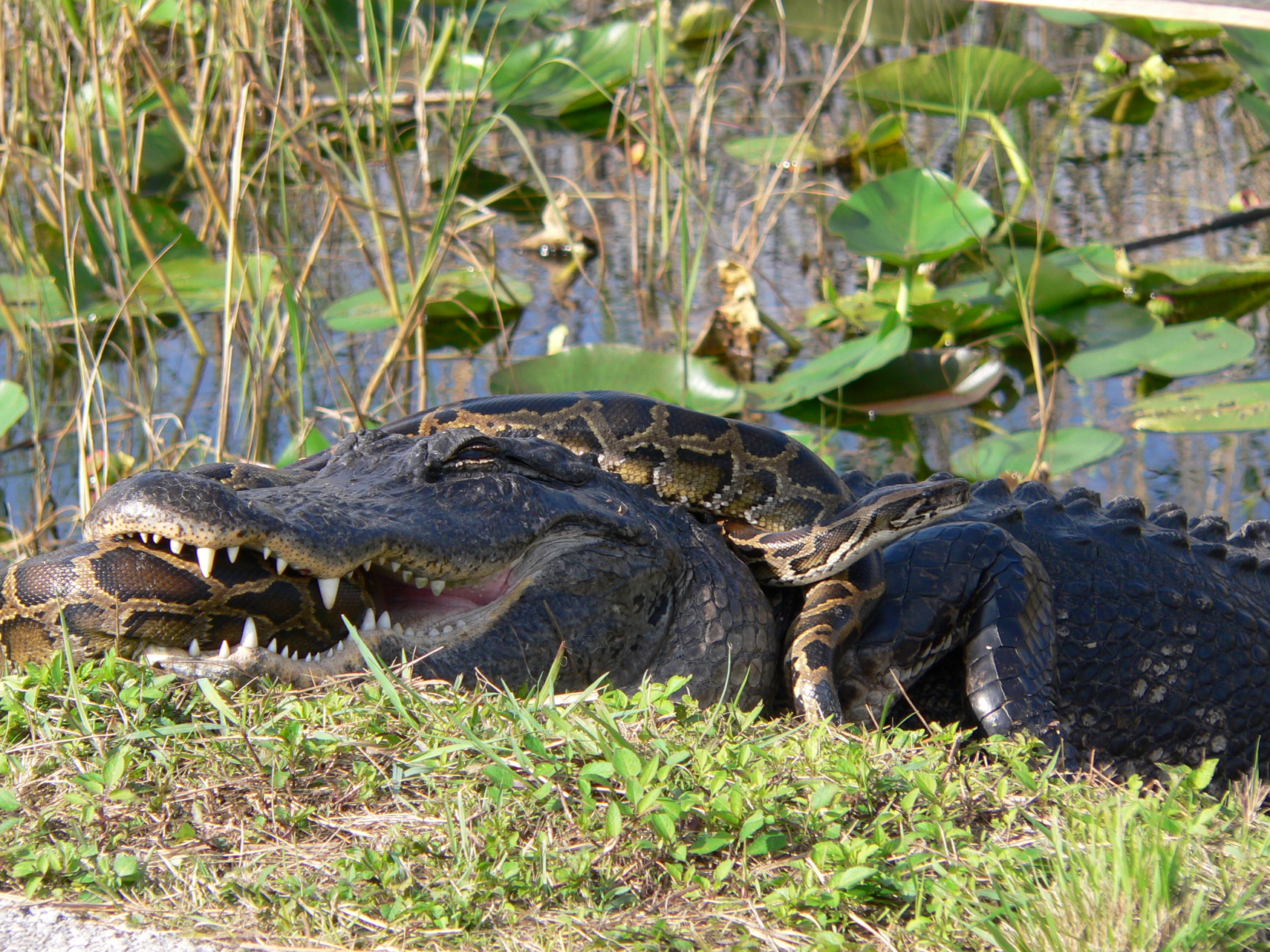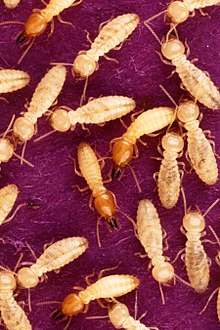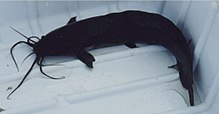FAILURE AT THE BORDER, THE CAST OF CHARACTERS AND THE COSTS updated 1/29/2016
Photo by Lori Oberhofer, National Park Service 2008
American Admiralty Books Safety & Privacy Policies (Attention EU Visitors , possible "cookie" encounter ahead)
 Pictured to the left an American Alligator struggles to subdue and eat a non- native python in Florida. The pythons , an exotic intruder introduced as released pets are not completely without natural enemies in South Florida. Unfortunately this is a rare sight. Usually it is the python eating a smaller gator, though you'd be surprised just how big of a gator a python can consume. So far the pythons don't seem to be endangering the alligator population though they add additional predator pressure to the young gators. Unfortunately they are putting serious pressure on a much rarer native of the Everglades the American Crocodile which is much rarer than the alligator but to the python's way of thinking just as tasty. The tens of thousands of pythons in the Everglades now consume not only smaller crocodiles but wipe entire nesting sites for their eggs. The pythons play havoc with many other species in the Everglades and are urban pests in the suburbs of South Florida.
Pictured to the left an American Alligator struggles to subdue and eat a non- native python in Florida. The pythons , an exotic intruder introduced as released pets are not completely without natural enemies in South Florida. Unfortunately this is a rare sight. Usually it is the python eating a smaller gator, though you'd be surprised just how big of a gator a python can consume. So far the pythons don't seem to be endangering the alligator population though they add additional predator pressure to the young gators. Unfortunately they are putting serious pressure on a much rarer native of the Everglades the American Crocodile which is much rarer than the alligator but to the python's way of thinking just as tasty. The tens of thousands of pythons in the Everglades now consume not only smaller crocodiles but wipe entire nesting sites for their eggs. The pythons play havoc with many other species in the Everglades and are urban pests in the suburbs of South Florida.
Alligators once ranged as far north as parts of Central Arkansas, and the southern part of coastal North Carolina. At the extreme northern portions of the American Alligator's original range winter occasionally pays an actual visit complete with short periods of light snow, occasional daytime subfreezing temperatures, even thin ice on occasion on shallow waterways over night. In the northern reaches of its range the alligator simply moves much slower in December, January, and February, often not eating or rarely eating during those months. Gators are burrowers and since what passes for winter in the northern reaches of its range doesn't result in permafrost, or even day time temperatures much below 60F for more than a few days at the time, they usually hold up in their burrows where the insulating cover and the warmth from rotting vegetation keep them from freezing to death. Snakes are burrowers, no one expects the Pythons to reach Minnesota but frankly in South Georgia, coastal Alabama, coastal Mississippi, and Louisiana we wouldn't be surprised to find populations in the coming years. Right now the pythons are filling the Everglades soon they will be expanding their range.
 USGS Map of Python suitable climates in the U.S. compared with their range of climates in Asia. Notice Coastal Virginia and the Eastern Shore of Maryland are in green.
USGS Map of Python suitable climates in the U.S. compared with their range of climates in Asia. Notice Coastal Virginia and the Eastern Shore of Maryland are in green.
In South Florida pythons eat not only alligators and American Crocodiles but also deer including the endangered Key Deer, the endangered Key Largo Wood Rat, the rare Round Tailed Muskrat and in the suburbs they endanger your dog, cat, peacock, or kid. If their range spreads and it shows every sign of doing so what other natives will they add to their diet. We really don't need Pythons. We liked to lead off with the pythons as sort of the poster girls of the exotic intruders because most people are not fond of snakes, and especially don't want to live with species of the slithery rascals that could swallow a human being. Of course in Louisiana we'll make belts and shoes out of as many of the invaders as we can catch, we'll also serve 'em up in sauce piquant or blackened. But most of the rest of the population of the United States will consider them a useless, scary, and damaging pest.
There don't seem to be any comprehensive estimates of the economic damage done by introduced pythons but consider how much attention the National Park Service is paying to them in the Everglades. Look at the map that was prepared by the USGS above, that study had to be budgeted. Examine how much South Florida cities have to pay for special police or humane society units to deal with suburban pythons. How much is having to be spent studying the impact of the python on the endangered and rare native species it preys on. Now ask your self how much is being spent on eradicating them from the Everglades and adjacent areas. All we see so far are the occasional suburban pests being carted off alive. Hello, they don't belong here, they are on the southern tip of a peninsula with deep ocean on both sides, lets draw a line in Southern Florida and seriously try to eradicate the pests. Will we be successful , probably never fully. But the population can be reduced to a remnant that is basically contained locally. Interestingly, as much as most American's are not fond of snakes it is politically incorrect to kill these invaders and that is exacerbating the problem. The python is considered endangered in some parts of Asia, and is protected in Thailand. Fine we can send Thailand all of the live ones we can catch, but the problems of the species in its native range doesn't mean that they get to use our back yard for a rest and relaxation area. Catch what we can, kill the rest.
There don't seem to be any comprehensive estimates of the economic damage done by introduced pythons but consider how much attention the National Park Service is paying to them in the Everglades. Look at the map that was prepared by the USGS above, that study had to be budgeted. Examine how much South Florida cities have to pay for special police or humane society units to deal with suburban pythons. How much is having to be spent studying the impact of the python on the endangered and rare native species it preys on. Now ask your self how much is being spent on eradicating them from the Everglades and adjacent areas. All we see so far are the occasional suburban pests being carted off alive. Hello, they don't belong here, they are on the southern tip of a peninsula with deep ocean on both sides, lets draw a line in Southern Florida and seriously try to eradicate the pests. Will we be successful , probably never fully. But the population can be reduced to a remnant that is basically contained locally. Interestingly, as much as most American's are not fond of snakes it is politically incorrect to kill these invaders and that is exacerbating the problem. The python is considered endangered in some parts of Asia, and is protected in Thailand. Fine we can send Thailand all of the live ones we can catch, but the problems of the species in its native range doesn't mean that they get to use our back yard for a rest and relaxation area. Catch what we can, kill the rest.
Fortunately no one objects to killing the fire ants. Fire ants aren't exotic in the popular sense that the python is but they are deadly and damaging as this quote from the Wikipedia indicates:
"A typical fire ant colony produces large mounds in open areas, and feeds mostly on young plants, seeds, and sometimes crickets. Fire ants often attack small animals and can kill them. Unlike many other ants, which bite and then spray acid on the wound, fire ants bite only to get a grip and then sting (from the abdomen) and inject a toxic alkaloid venom called Solenopsin, a compound from the class of piperidines. For humans, this is a painful sting, a sensation similar to what one feels when burned by fire—hence the name fire ant—and the after effects of the sting can be deadly to sensitive people. The liquid is both insecticidal and antibiotic." https://en.wikipedia.org/wiki/Fire_ant
And the damages caused by this micro invader are well documented:
"Although most fire ant species do not bother people and are not invasive, Solenopsis invicta, known in the United States as the red imported fire ant (or RIFA) is an invasive pest in many areas of the world, notably the United States, Australia, the Philippines, China and Taiwan. The RIFA was accidentally introduced into the United States aboard a South American cargo ship that docked at the port ofMobile, Alabama, in the 1930s, and came to infest the majority of the Southern and Southwestern United States.[2]
In the US the FDA estimates that more than US$5 billion is spent annually on medical treatment, damage, and control in RIFA-infested areas. Furthermore, the ants cause approximately $750 million in damage annually to agricultural assets, including veterinarian bills and livestock loss, as well as crop loss.[3] Over 40 million people live in RIFA-infested areas in the southeastern United States.[4] Between 30 and 60% of people living in fire ant-infested areas are stung each year" . https://en.wikipedia.org/wiki/Fire_ant
OK SO THE BILL ON THE IMPORTED VERSION OF THE FIRE ANT IS $5 BILLION FOR MEDICAL TREATMENT AND $750 MILLION FOR CROP DAMAGES. These little buggers got off the boat back in the more militant days of the USPHS lead in prevention of such invasions. Imagine whats getting off now with virtually no one minding the wharf. The invading fire ant isn't the only damaging insect that has arrived uninvited.
The Formosan Termite is driving Louisiana crazy and like the Kudzu vine that ate Mississippi it is trying to become the insect that ate New Orleans. Below is a picture and a description courtesy of Wikipedia:
 "The Formosan subterranean termite (Coptotermes formosanus) is an invasive species of termite. It has been transported worldwide from its native range in southern China to Formosa (Taiwan, where it gets its name) and Japan. In the 20th century it became established in South Africa, Hawaii and in the continental United States.
"The Formosan subterranean termite (Coptotermes formosanus) is an invasive species of termite. It has been transported worldwide from its native range in southern China to Formosa (Taiwan, where it gets its name) and Japan. In the 20th century it became established in South Africa, Hawaii and in the continental United States.
The Formosan subterranean termite is often nicknamed the super-termite because of its destructive habits. This is because of the large size of its colonies, and the termites' ability to consume wood at a rapid rate. A single colony may contain several million individuals (compared with several hundred thousand termites for other subterranean termite species) that forage up to 300 feet (100 m) in soil. A mature Formosan colony can consume as much as 13 ounces of wood a day (ca. 400 g) and severely damage a structure in as little as three months. Because of its population size and foraging range, the presence of a colony poses serious threats to nearby structures. Once established, Formosan subterranean termites have never been eradicated from an area."http://en.wikipedia.org/wiki/Formosan_subterranean_termite THE ESTIMATED DAMAGES NATIONALLY FROM THIS PEST FOR STRUCTURAL DAMAGE ALONE RUNS IN EXCESS OF $1 BILLION...uh keep a running tab people so far that's $6 billion $750 million for damages from just invasive insects, we don't have a handle on python damages.
Insects and reptiles aren't the only invaders.  meet the walking Catfish.
meet the walking Catfish.
 meet the walking Catfish.
meet the walking Catfish.
According to Wikipedia (also the source of the photo) : http://en.wikipedia.org/wiki/Walking_catfish
"Within Asia, this species has been introduced widely.[2] In the United States, it is an invasive species, which is now established in Florida and reported in California, Connecticut, Georgia, Massachusetts, and Nevada.
The walking catfish was imported to Florida, reportedly from Thailand, in the early 1960s for the aquarium trade.[4] The first introductions apparently occurred in the mid-1960s when adult fish imported as brood stock escaped, either from a fish farm in northeastern Broward County or from a truck transporting brood fish between Dade and Broward counties. Additional introductions in Florida, supposedly purposeful releases, were made by fish farmers in the Tampa Bay area, Hillsborough County in late 1967 or early 1968, after the state banned the importation and possession of walking catfish. Aquarium releases likely are responsible for introductions in other states. Dill and Cordone (1997) reported that this species has been sold by tropical fish dealers in California for some time. They have also been spotted occasionally in the Midwest.
In Florida, walking catfish are known to have invaded aquaculture farms, entering ponds where these predators prey on fish stocks. In response, fish farmers have had to erect fences to protect ponds. Authorities have also created laws that ban possession of walking catfish."
DAMAGES FROM THE WALKING CATFISH COME IN TWO FORMS DAMAGE TO FISH FARMS AND FARM PONDS AND THE SPREAD OF JAUNDICE DISEASE. ESTIMATES OF ANNUAL DAMAGES VARIED BY THE SOURCES WE EXAMINED VERY WIDELY FROM A LOW OF $4.6 MILLION ANNUALLY TO A HIGH OF $23 MILLION ANNUALLY. REGARDLESS OF THE ACTUAL OR AVERAGE ANNUAL AMOUNT OF DAMAGES WE DON"T NEED THIS FISH WALKING TO NEW ORLEANS OR ANNAPOLIS, AND ITS BEEN SEEN IN CALIFORNIA AND PARTS OF THE MID WEST. ITS NOT A TROPICAL FISH, BUT THE AQUARIUM TRADE INTRODUCED THE SPECIES. LETS SEE THAT RUNNING TOTAL SO FAR IS SOMEWHERE BETWEEN $ 6 Billion, $754 Million or $777 MILLION. ARE YOU STARTING TO WONDER YET WHAT WE SPENT ON PREVENTION BACK WHEN WE WERE REASONABLY SUCCESSFUL AT IT?
SHELL FISH ANYONE?
So if you have been following our running tally , we can now add $767 million in known damages from the Zebra mussel. Our total for just 3 of the 4 invasive species we've looked at so far comes to $6 billion, plus another $1 billion $544 Million. Here is the really scary part, we just took a very cursory look at just four of the better known examples and didn't even look at the countless other reptile and insect invaders or a single invasive plant species many of which are equally or more damaging than these four minus 1 which we can easily attribute nearly $8 billion in damages to and that is a very conservative estimate. For all of the various invaders it would not be surprising if the invasive plants, animals, and micro organisms are costing America ten times as much, say $80 billion. Now compare that figure with what we ineffectively spend on the prevention of such damage only to fail at miserably.
Typically we budget between $128 billion and $145 billion on all of the activities of the USDA including far subsidies, environmental programs, educational efforts, experiment stations, food supply protection etc. In 2011 the USPHS spent over nearly $11 Billion on disease control and prevention. These are just two of the agencies involved out of a total of 12 with pieces of the pest and pestilence border guard function. The truth is there is no way to get a really good understanding of the total costs of our totally ineffective efforts. However it is a good bet that we spend annually at least as much as the pests cost the economy and accomplish nothing.
AND NOW A WORD FROM NAMAZU:
No comments:
Post a Comment